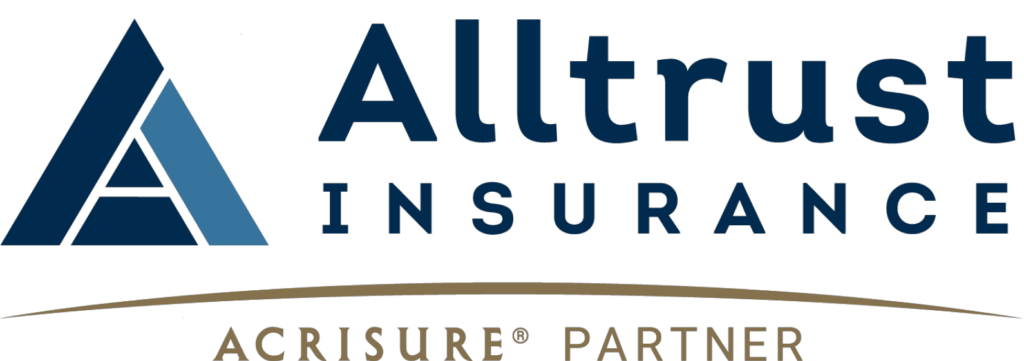In 2016, changing employment laws and compliance demands will continue to pose a challenge for executives. Business executives must take measures to prepare and educate organizational leadership and personnel for the following changes:
- The Delayed Cadillac Tax
- Deadlines for 1094/1095 Reporting
- DOL Regulations and FLSA Status
 According to KPMG, 69 percent of U.S. CEOs list compliance as one of the most important issues to have an impact on companies, second only to global economic growth (73 percent). Navigating the new changes may seem daunting, but taking a proactive approach is paramount to effective compliance management.
According to KPMG, 69 percent of U.S. CEOs list compliance as one of the most important issues to have an impact on companies, second only to global economic growth (73 percent). Navigating the new changes may seem daunting, but taking a proactive approach is paramount to effective compliance management.
Current insurance and benefit plans may drastically change as a result of changes to state and federal employment laws and regulations. A strong compliance strategy will help reduce penalties and skyrocketing costs from these top three compliance concerns:
1. Cadillac Tax Delayed Two Years
The Cadillac tax, an annual 40 percent excise tax on “rich” health insurance benefits that exceed threshold limits, will be delayed until January 2020. President Obama recently signed off on legislation that would also make the tax permanently deductible to employers, which is a welcome change from the original legislation in which the excise tax was non-deductible.
“Rich” in this instance refers to any healthcare coverage exceeding $10,200 for individuals and $27,500 for families, although the projected limits will likely be higher by the time the tax becomes effective in 2020.
The tax will be adjusted annually to the Consumer Price Index (CPI) plus one percent initially and then CPI.
The delay is a relief for employers already burdened with Affordable Care Act reporting and requirements, but many experts believe that most, if not all, employers will eventually be covered by the Cadillac tax.
If the Cadillac tax had not been delayed, employers would have needed to analyze their benefits after the new year in order to give themselves enough time to prepare for the Cadillac tax in 2018. Now that employers have been given two more years to prepare, it is advisable to wait and see what the future of the Cadillac tax holds to determine next steps.
This approach will be especially important during the upcoming election cycle, when there will continue to be attempts to reform or repeal the Cadillac tax. Although there is now additional time to understand the applicability of the Cadillac tax, it is important to remain flexible and analyze current benefits strategy to get a better picture of the impact that the Cadillac tax could have on your company.
2. IRS Extends Due Dates For ACA Form 1094/1095 Information Reporting
Further analysis to come, but the IRS just released Notice 2016-4, which extends the deadlines for 2015 information reporting under Code Sections 6055 and 6056 (IRS Forms 1094/1095).
 The deadline for providing 1095-C (and 1095-B) statements to individuals is extended from February 1, 2016 to March 31, 2016. The deadline to file 1094-C (or 1094-B) transmittals with the IRS is extended from February 29, 2016 to May 31, 2016 (for non e-filers) and from March 31, 2016 to June 30, 2016 (for e-filers).
The deadline for providing 1095-C (and 1095-B) statements to individuals is extended from February 1, 2016 to March 31, 2016. The deadline to file 1094-C (or 1094-B) transmittals with the IRS is extended from February 29, 2016 to May 31, 2016 (for non e-filers) and from March 31, 2016 to June 30, 2016 (for e-filers).
Employers with 50 or more employees were required to report for 2015, but if they had fewer than 100 employees, they likely weren’t subjected to the employer mandate and corresponding fines. In 2016, all employers with 50 or more employees will be required to report and will be subject to potential fines under the employer mandate.
It’s critical for senior executives to understand HR’s role and requirements for accurate ACA reporting. A centralized database to compile organizational data, knowledge of the various ACA forms and codes used for reporting, and compliance with all federal, state and industrial requirements for reporting is essential.
Determining the best technology solution requires research to find the best fit for your organization’s needs. HR software that aggregates and stores all data in one place can increase reporting accuracy, and make it easier to implement reporting changes as needed.
If your organization did not have a technology-based reporting solution in 2015, it should be implemented in 2016 in order to simplify the process by 2017. The grace period is over, and accuracy and efficiency will become paramount to ensure effective compliance moving forward.
3. The Fair Labor Standards Act (FLSA): Measuring The Significant Impact of Proposed Exemption Reform
The Department of Labor proposed a provision to the Fair Labor Standards Act, which would reform the “white collar” exemption from minimum wage and overtime pay for all hours exceeding 40 in a week.
If approved, the minimum salary to qualify for the overtime exemption will increase from $23,660 to $50,440 (annually), and the minimum threshold for highly compensated employees to qualify for the overtime exemption will increase from $100,000 to $123,500 (annually). Should these rules be adopted, approximately five million more Americans would become eligible for overtime pay because they would lose their current exemption.
Naturally, these changes could significantly affect the bottom line and lead to major policy changes across the organization. Before the proposed rules are finalized, HR and payroll departments must analyze the exempt status of each employee and identify which, if any, salaries will be affected.
Some employers are simply increasing salaries to meet the new minimum threshold, but for employees in the middle of the new threshold, finding a solution is more complicated. Employers must consider restricting hours to less than 40 per week, restructuring staff, lowering hourly wages to compensate for overtime, or paying overtime.
Many options involve increased payroll costs and, in some cases, increased benefit costs. It is imperative that employers be proactive in their analysis of current compensation strategies to properly budget for the possible increases associated with these changes.
How To Get Started
To ensure that your organization remains in compliance with changing laws in 2016, consider:
- Creating a Compliance Calendar
- Utilizing Compliance Checklists
- Implementing Compliance Dashboards




